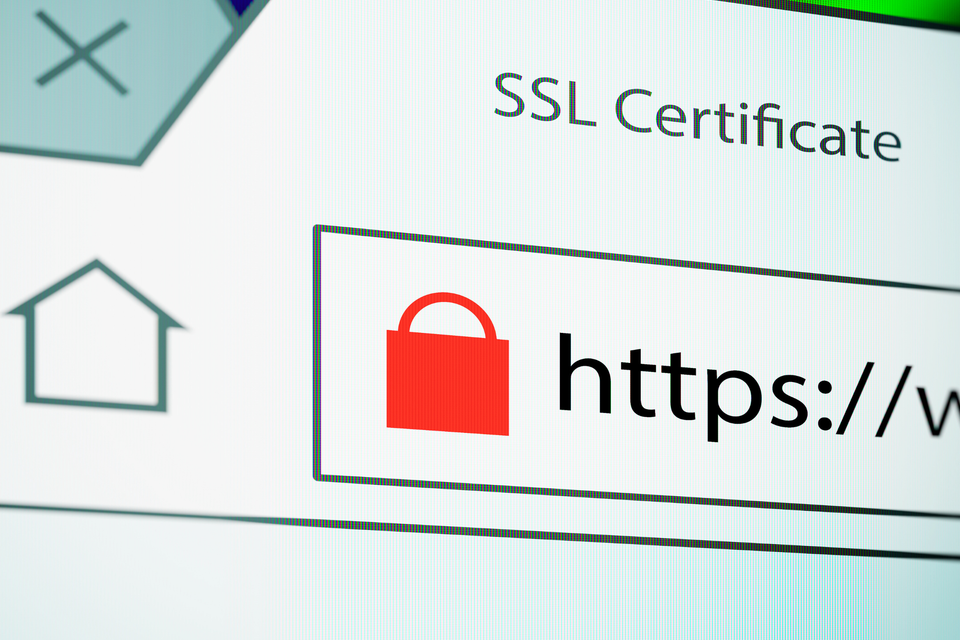SSL (Secure Sockets Layer) is a standard security protocol for establishing encrypted links between a web server and a browser in online communication. This encryption ensures that all data transmitted between the web server and browser remains private and integral.
Key Concepts of SSL:
Encryption: SSL uses encryption algorithms to scramble data in transit, preventing hackers from reading it as it is sent over the internet. This ensures that sensitive information such as credit card numbers, personal details, and login credentials are secure.
Authentication: SSL certificates verify that a website is what it claims to be. This authentication process helps users trust that they are interacting with a legitimate site and not an impostor.
Data Integrity: SSL ensures that data sent between a user’s browser and a web server is not tampered with during transmission. This is achieved through message integrity checks.
How SSL Works:
SSL Handshake: When a browser tries to access an SSL-secured website, an SSL handshake process is initiated. This involves:
- The browser requests the server to identify itself.
- The server sends a copy of its SSL certificate.
- The browser checks the certificate against a list of trusted Certificate Authorities (CAs).
- If the certificate is trusted, the browser generates a session key, encrypts it with the server's public key, and sends it to the server.
- The server decrypts the session key with its private key.
Both the browser and the server now have the session key, establishing an encrypted session.
Data Encryption: Once the handshake is complete, data transmitted between the server and the browser is encrypted using the session key. This ensures that the information cannot be read by anyone other than the intended recipient.
SSL Certificates:
SSL certificates are data files hosted on a server that make SSL encryption possible. There are different types of SSL certificates:
- Domain Validated (DV): These provide basic encryption and verify the domain ownership.
- Organization Validated (OV): These provide a higher level of security by verifying the organization's identity along with domain ownership.
- Extended Validation (EV)**: These offer the highest level of security by undergoing a rigorous vetting process. EV certificates activate the green address bar in browsers, indicating a highly trusted site.
Benefits of SSL:
- Security: Encrypts sensitive information, ensuring it is secure during transmission.
- Trust: Enhances user trust as visitors can see visual cues (like the padlock icon and "https" in the URL) indicating a secure connection.
- SEO: Google and other search engines rank SSL-secured websites higher than non-secured ones, improving visibility.
- Compliance: Helps meet data protection regulations and standards, such as GDPR and PCI DSS.
Transition to TLS:
It’s important to note that SSL has been succeeded by TLS (Transport Layer Security), which is an updated, more secure version of SSL. However, the term "SSL" is still commonly used to refer to these protocols.
Summary:
SSL is a crucial technology for securing online communication, protecting data from eavesdropping, tampering, and forgery. By ensuring data confidentiality, authentication, and integrity, SSL helps establish trust between users and websites.


